 September 12, 2012: The Lightning connector replaces Apple’s aging 30-pin interface, a proprietary data and power connector that debuted on the iPod Classic in 2003. The slender and capable new Lightning port debuts in the iPhone 5, bringing big improvements — and no small amount of controversy.
September 12, 2012: The Lightning connector replaces Apple’s aging 30-pin interface, a proprietary data and power connector that debuted on the iPod Classic in 2003. The slender and capable new Lightning port debuts in the iPhone 5, bringing big improvements — and no small amount of controversy.
Apple soon will build the Lightning connector into many other products, including iPad, iPod and accessories. Lightning cables can charge the mobile devices as well as transfer data to a Mac or PC.
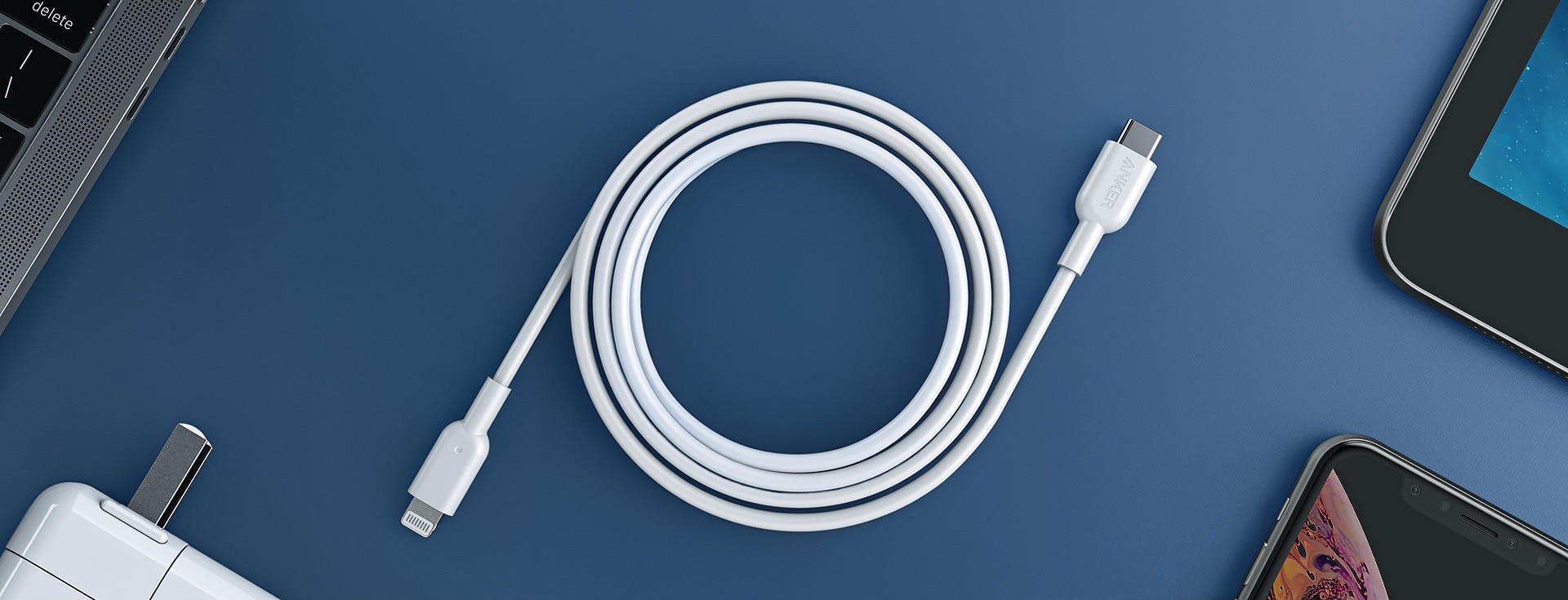

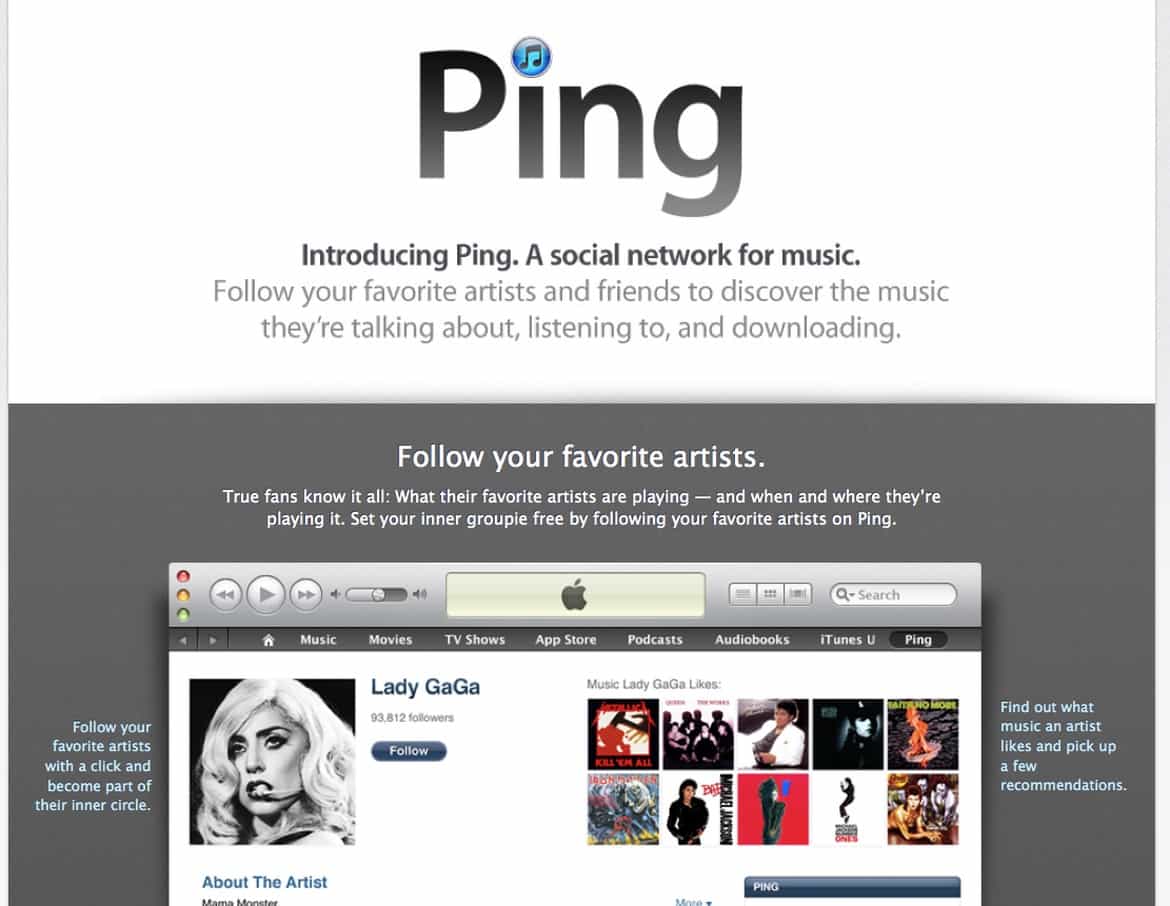
 September 1, 2010: Apple’s new music-focused social network, Ping, ships as part of iTunes 10. Apple says the service will let users discover new music and more easily follow their favorite artists.
September 1, 2010: Apple’s new music-focused social network, Ping, ships as part of iTunes 10. Apple says the service will let users discover new music and more easily follow their favorite artists.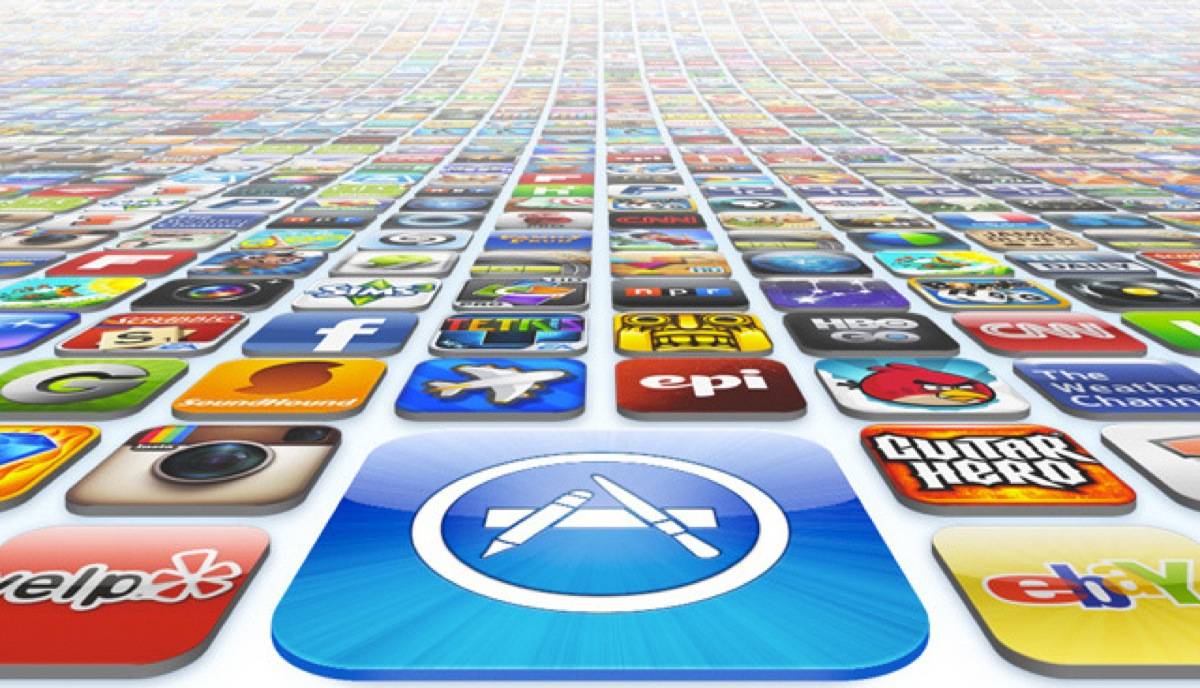
 August 30, 2010: Just two years after
August 30, 2010: Just two years after 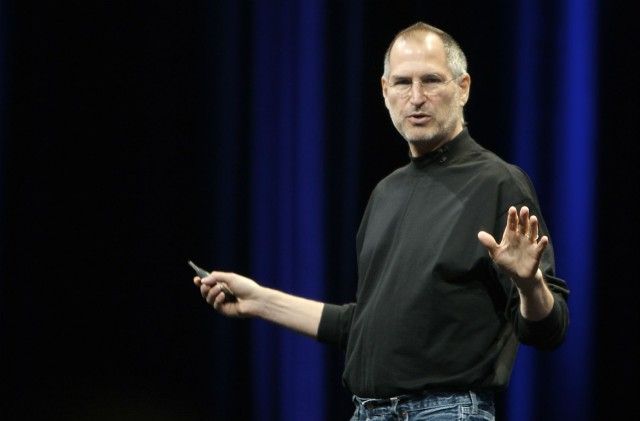
 August 24, 2011: With his health worsening, a cancer-stricken
August 24, 2011: With his health worsening, a cancer-stricken 
 August 23, 2011: United Airlines says it will hand out 11,000 iPads to its pilots as part of its “paperless flight deck” filled with essential data. It’s the largest rollout yet of Apple tablets as a replacement for the weighty flight bags previously carried by aircrews.
August 23, 2011: United Airlines says it will hand out 11,000 iPads to its pilots as part of its “paperless flight deck” filled with essential data. It’s the largest rollout yet of Apple tablets as a replacement for the weighty flight bags previously carried by aircrews.
 August 17, 2012: Apple CEO Steve Jobs’ stolen iPad winds up in the hands of a clown called Kenny, who performs kids’ shows in the San Francisco Bay Area.
August 17, 2012: Apple CEO Steve Jobs’ stolen iPad winds up in the hands of a clown called Kenny, who performs kids’ shows in the San Francisco Bay Area.
 August 9, 2011: Apple overtakes oil giant ExxonMobil to become the world’s most valuable publicly traded company.
August 9, 2011: Apple overtakes oil giant ExxonMobil to become the world’s most valuable publicly traded company.
 July 31, 2012: The Daily, the world’s first iPad-only newspaper, lays off almost a third of its staff, signaling the demise of a bold publishing experiment.
July 31, 2012: The Daily, the world’s first iPad-only newspaper, lays off almost a third of its staff, signaling the demise of a bold publishing experiment.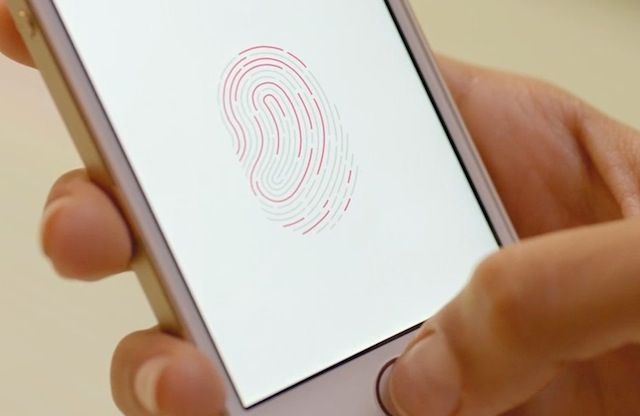
 July 28, 2012: Apple buys biometrics company AuthenTec, acquiring the technology that will power Touch ID for authentication and secure payments on the iPhone and other devices.
July 28, 2012: Apple buys biometrics company AuthenTec, acquiring the technology that will power Touch ID for authentication and secure payments on the iPhone and other devices.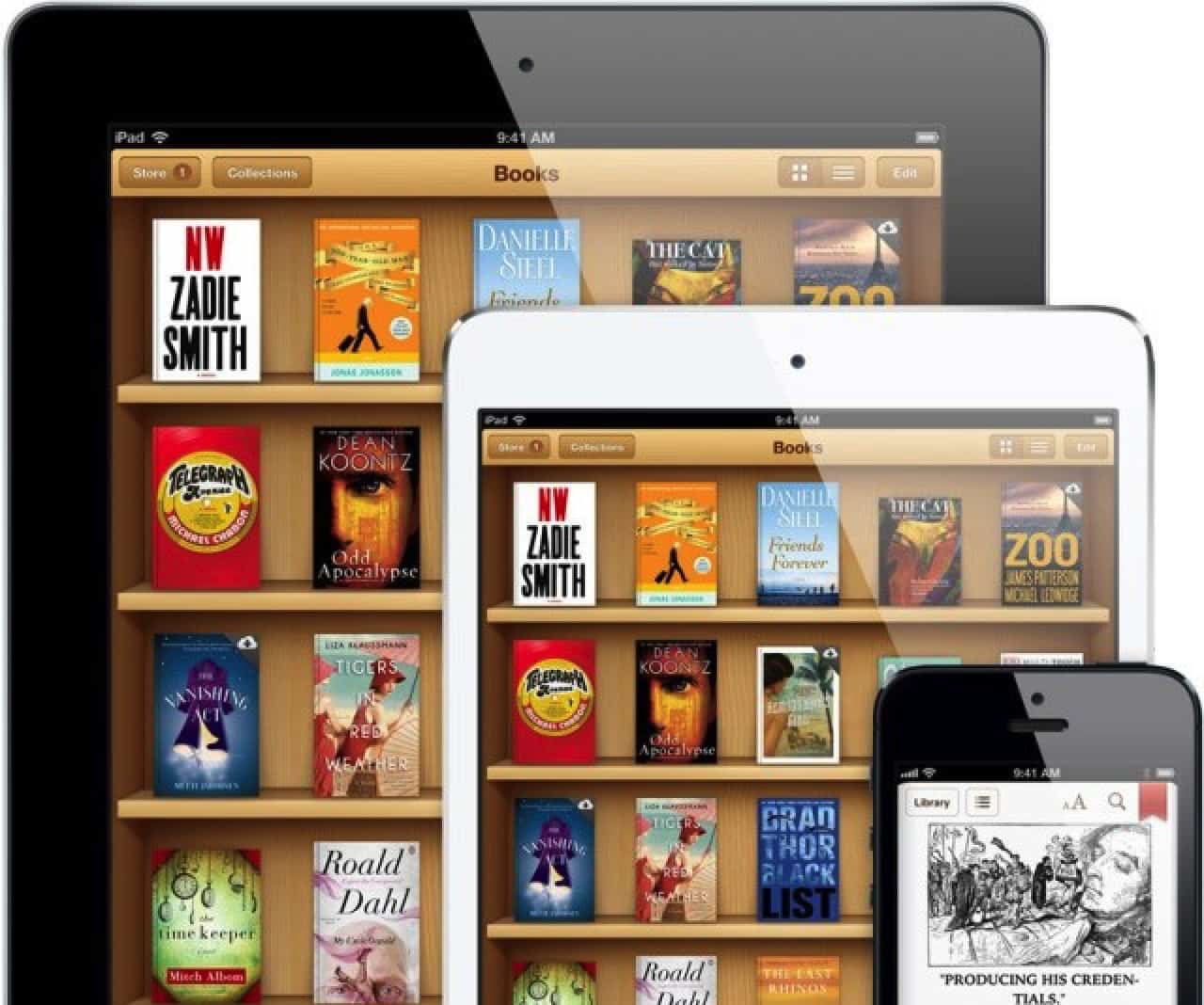
 July 16, 2014: Apple agrees to pay $450 million to resolve the Department of Justice’s antitrust case against the company over e-book pricing in the iBooks Store. In the e-books lawsuit, Apple stood accused of conspiring with five major book publishers to fix prices on digital books.
July 16, 2014: Apple agrees to pay $450 million to resolve the Department of Justice’s antitrust case against the company over e-book pricing in the iBooks Store. In the e-books lawsuit, Apple stood accused of conspiring with five major book publishers to fix prices on digital books.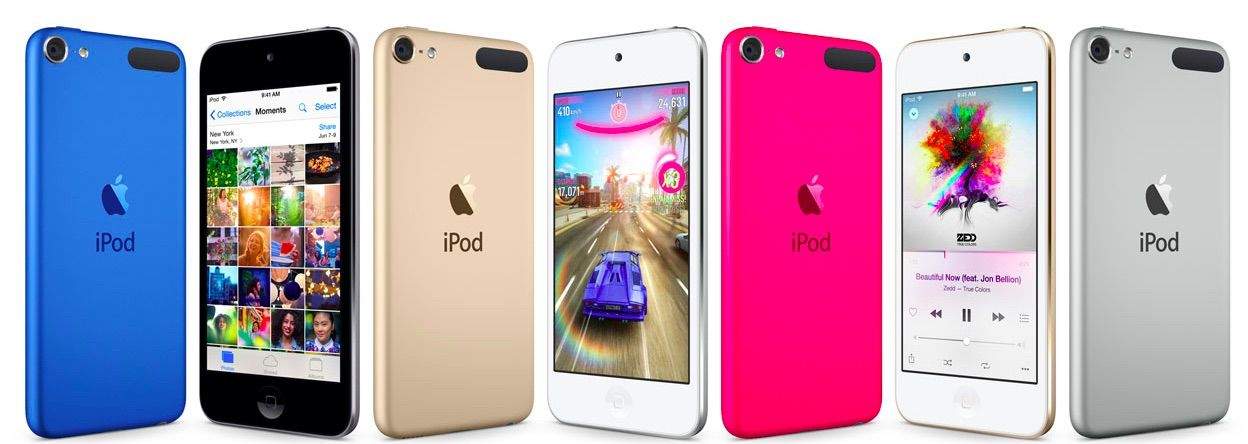
 July 15, 2015: Apple introduces the sixth-gen iPod touch, attempting to prove that there’s still a place for the humble music player in the crazy, crazy world of iPhones and Apple Watches.
July 15, 2015: Apple introduces the sixth-gen iPod touch, attempting to prove that there’s still a place for the humble music player in the crazy, crazy world of iPhones and Apple Watches.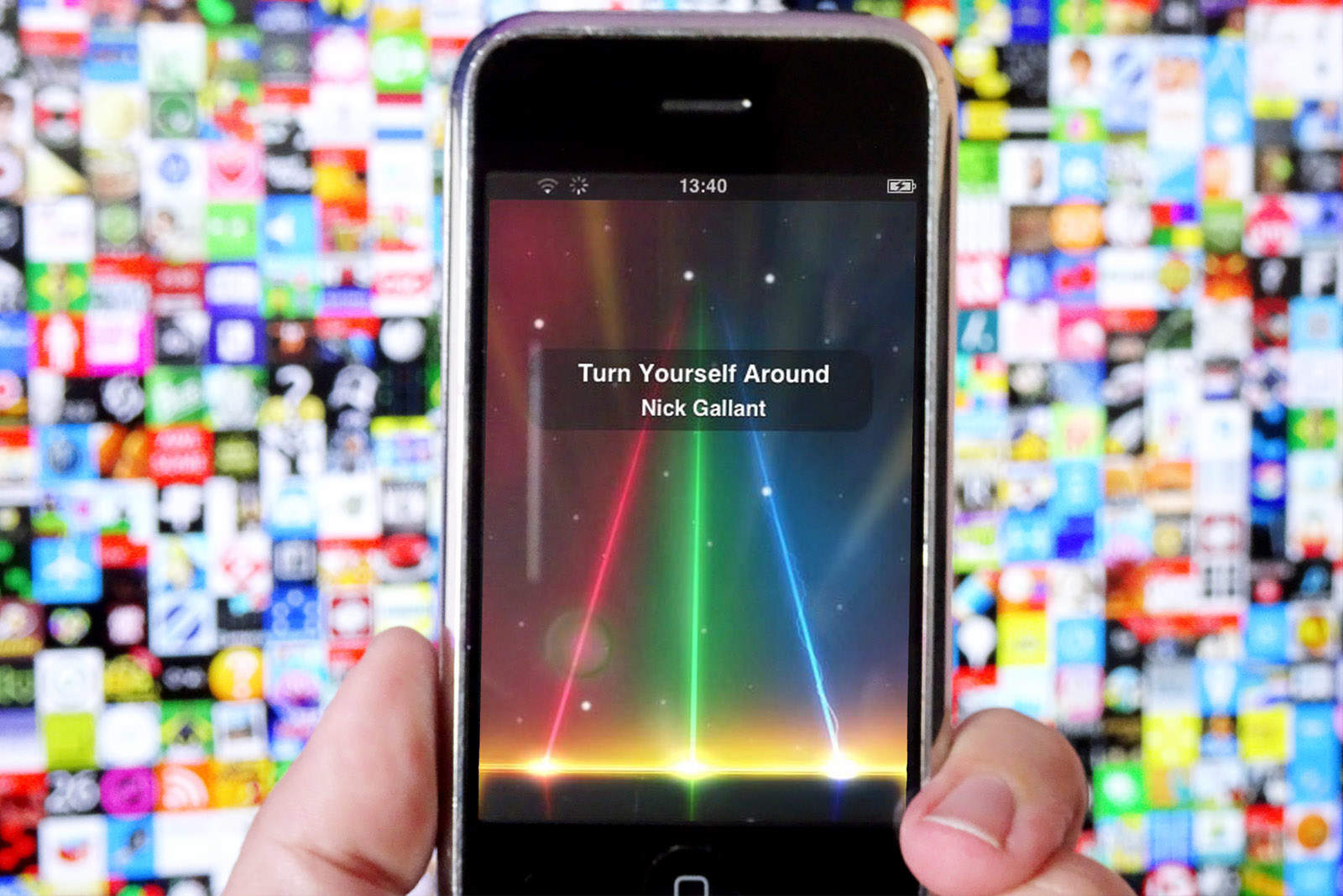
 July 7, 2011: Three years after its launch, the
July 7, 2011: Three years after its launch, the 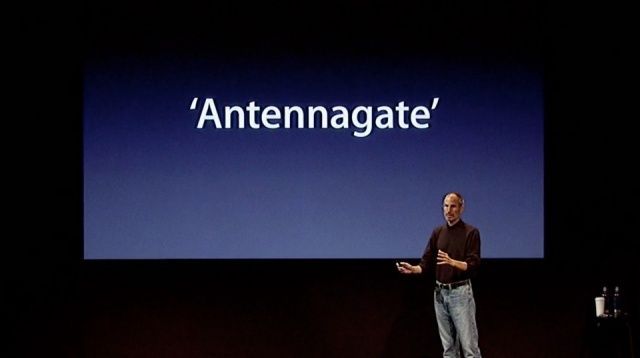
 July 2, 2010: Apple opens up about “
July 2, 2010: Apple opens up about “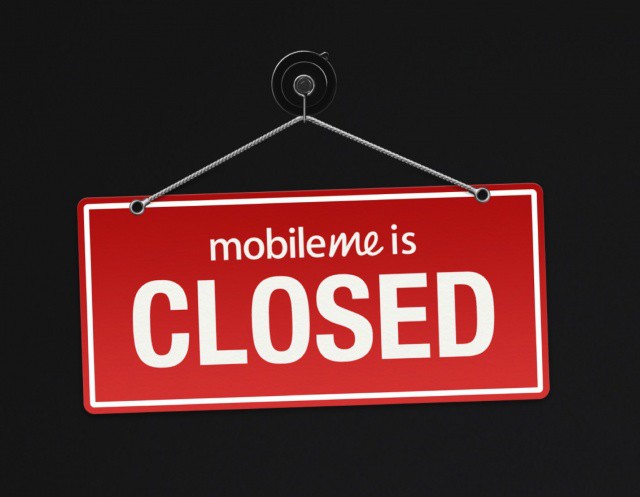
 July 1, 2012: Apple shuts down its MobileMe web service. Launched in 2008, the subscription-based suite of online services and software offered features like push email, data storage,
July 1, 2012: Apple shuts down its MobileMe web service. Launched in 2008, the subscription-based suite of online services and software offered features like push email, data storage, 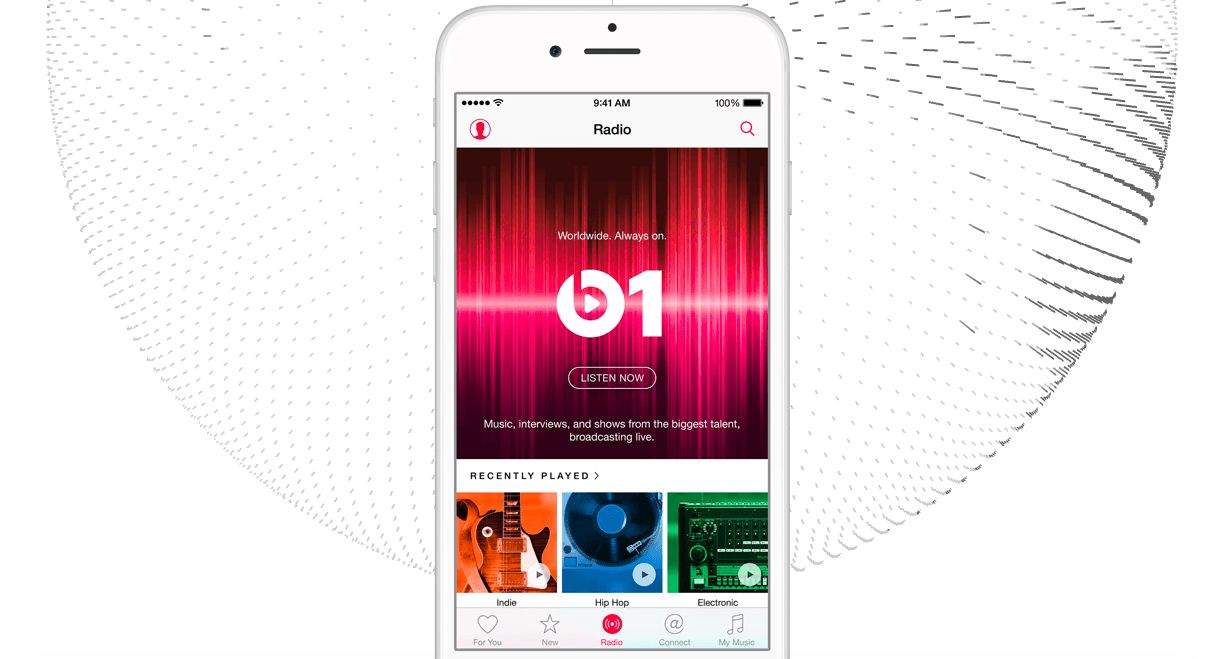
 June 30, 2015: Apple launches 24/7 radio station Apple Music 1 (launched originally as Beats 1). Part of Apple Music, the new global radio station features top DJs ranging from former BBC presenter Zane Lowe to
June 30, 2015: Apple launches 24/7 radio station Apple Music 1 (launched originally as Beats 1). Part of Apple Music, the new global radio station features top DJs ranging from former BBC presenter Zane Lowe to 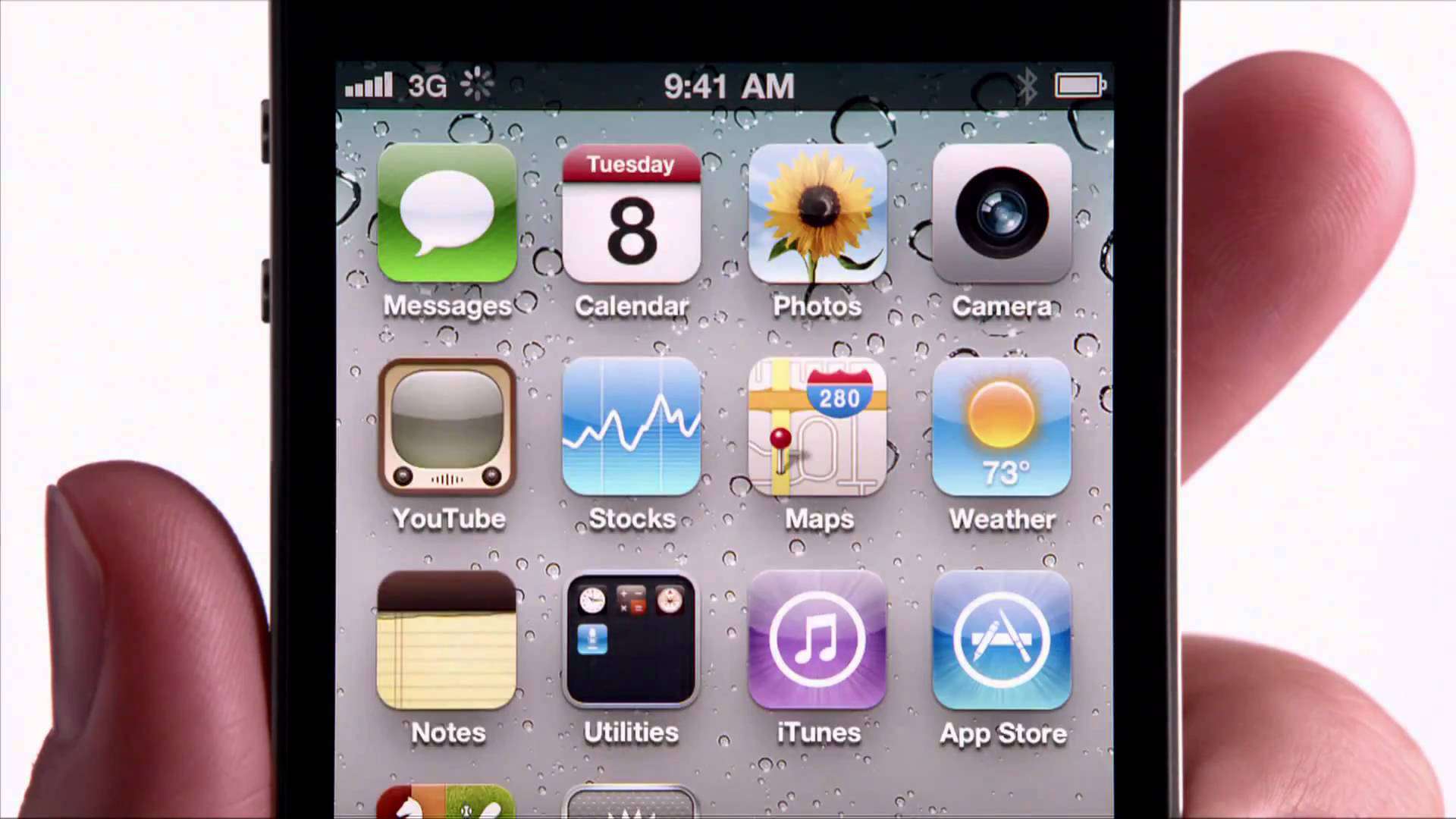
 June 24, 2010:. The iPhone 4 release date finally arrives, bringing a sleeker design, a new video telephony service called FaceTime and a gorgeous Retina display. Simply put, it’s a stunning smartphone.
June 24, 2010:. The iPhone 4 release date finally arrives, bringing a sleeker design, a new video telephony service called FaceTime and a gorgeous Retina display. Simply put, it’s a stunning smartphone.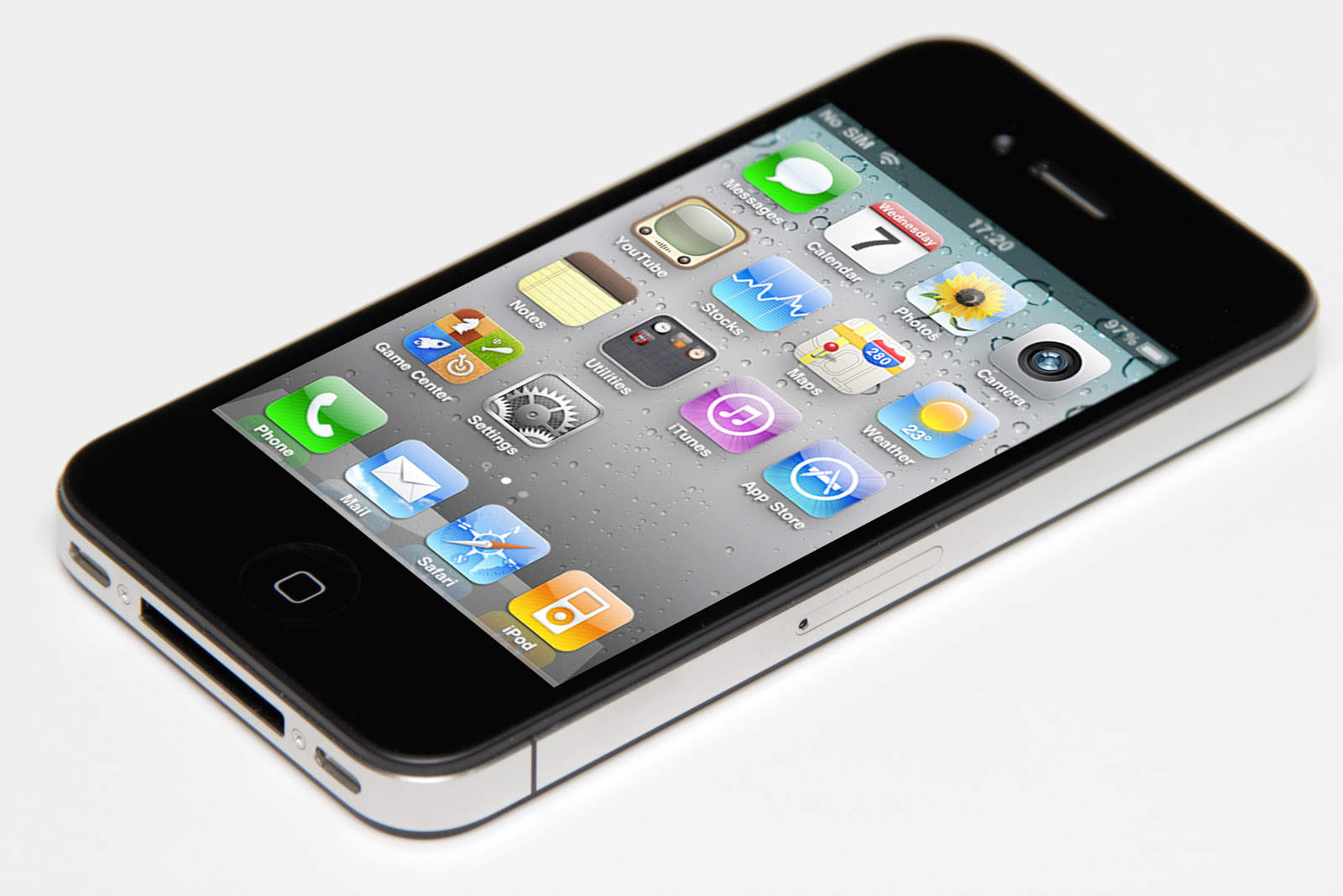
 June 21, 2010: Apple releases iOS 4, which introduces a range of productivity features as well as the FaceTime videotelephony service. The iOS 4 launch represents a big step forward for Apple’s flourishing mobile devices.
June 21, 2010: Apple releases iOS 4, which introduces a range of productivity features as well as the FaceTime videotelephony service. The iOS 4 launch represents a big step forward for Apple’s flourishing mobile devices.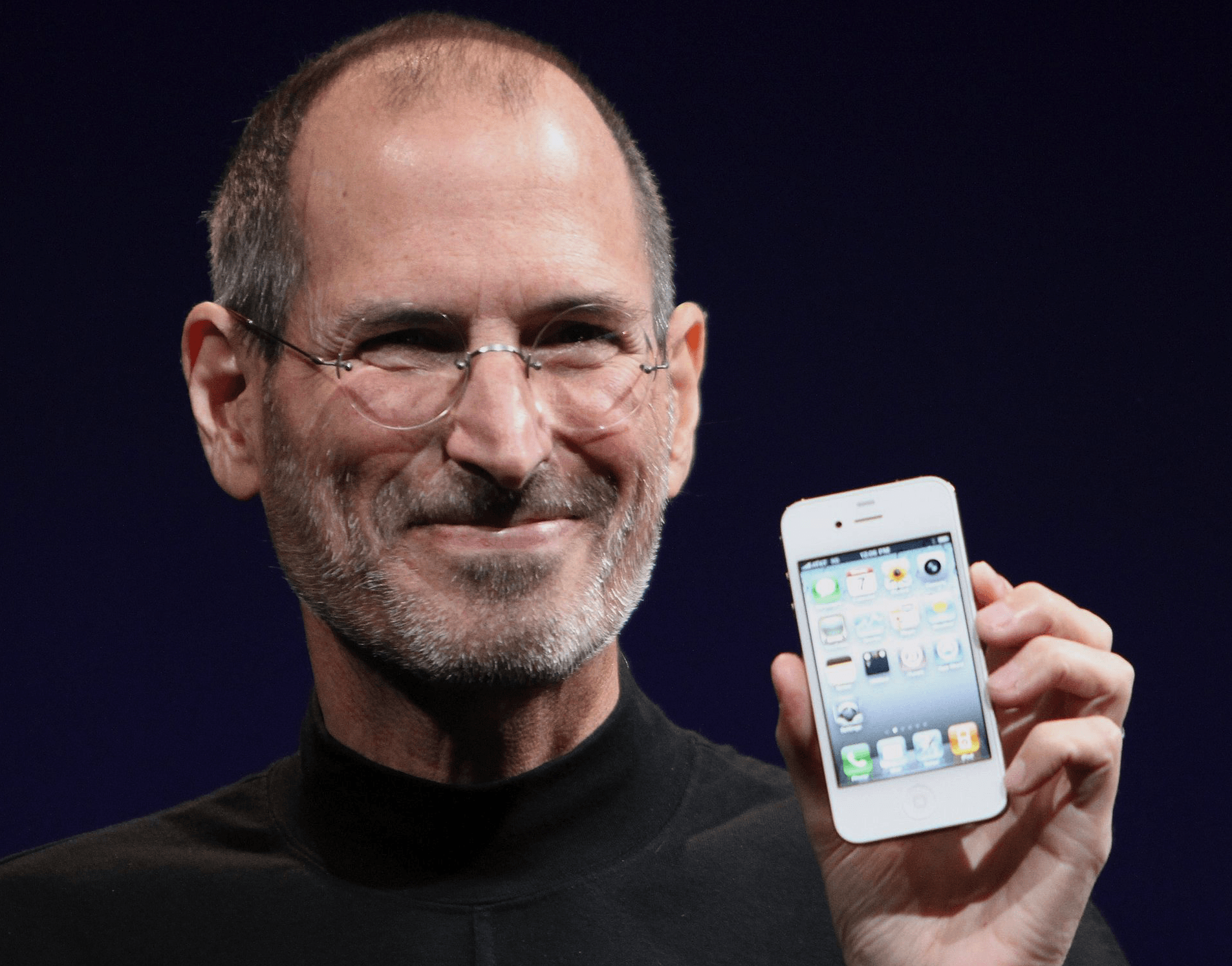
 June 16, 2010: Apple reports a massive surge of interest in its latest smartphone, with iPhone 4 preorders racking up 600,000 sales on their first day.
June 16, 2010: Apple reports a massive surge of interest in its latest smartphone, with iPhone 4 preorders racking up 600,000 sales on their first day.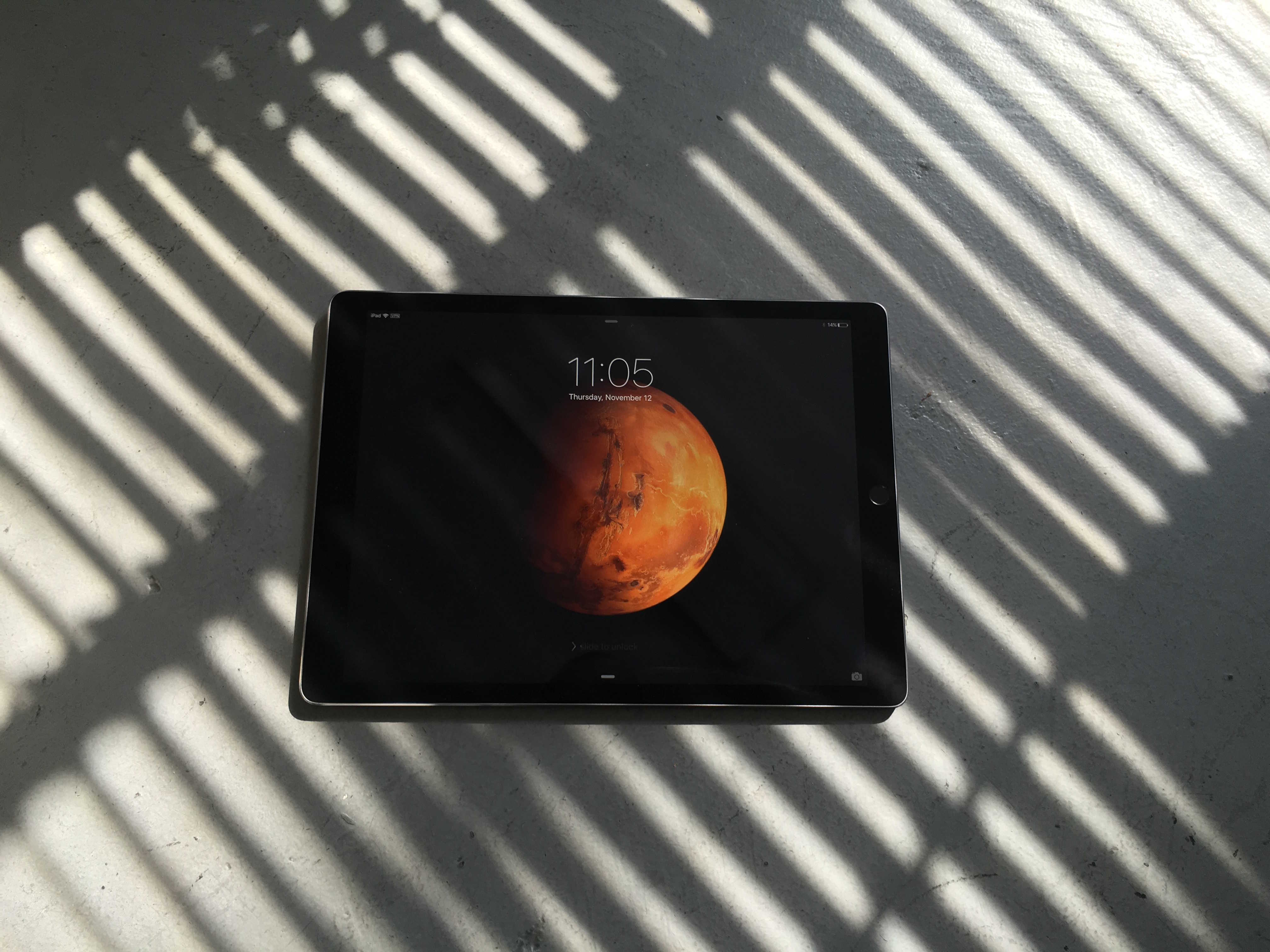
 June 15, 2011: Three people get sentenced to prison in China for leaking information about the iPad 2 prior to its release.
June 15, 2011: Three people get sentenced to prison in China for leaking information about the iPad 2 prior to its release.
 June 13, 2013: Apple exec
June 13, 2013: Apple exec 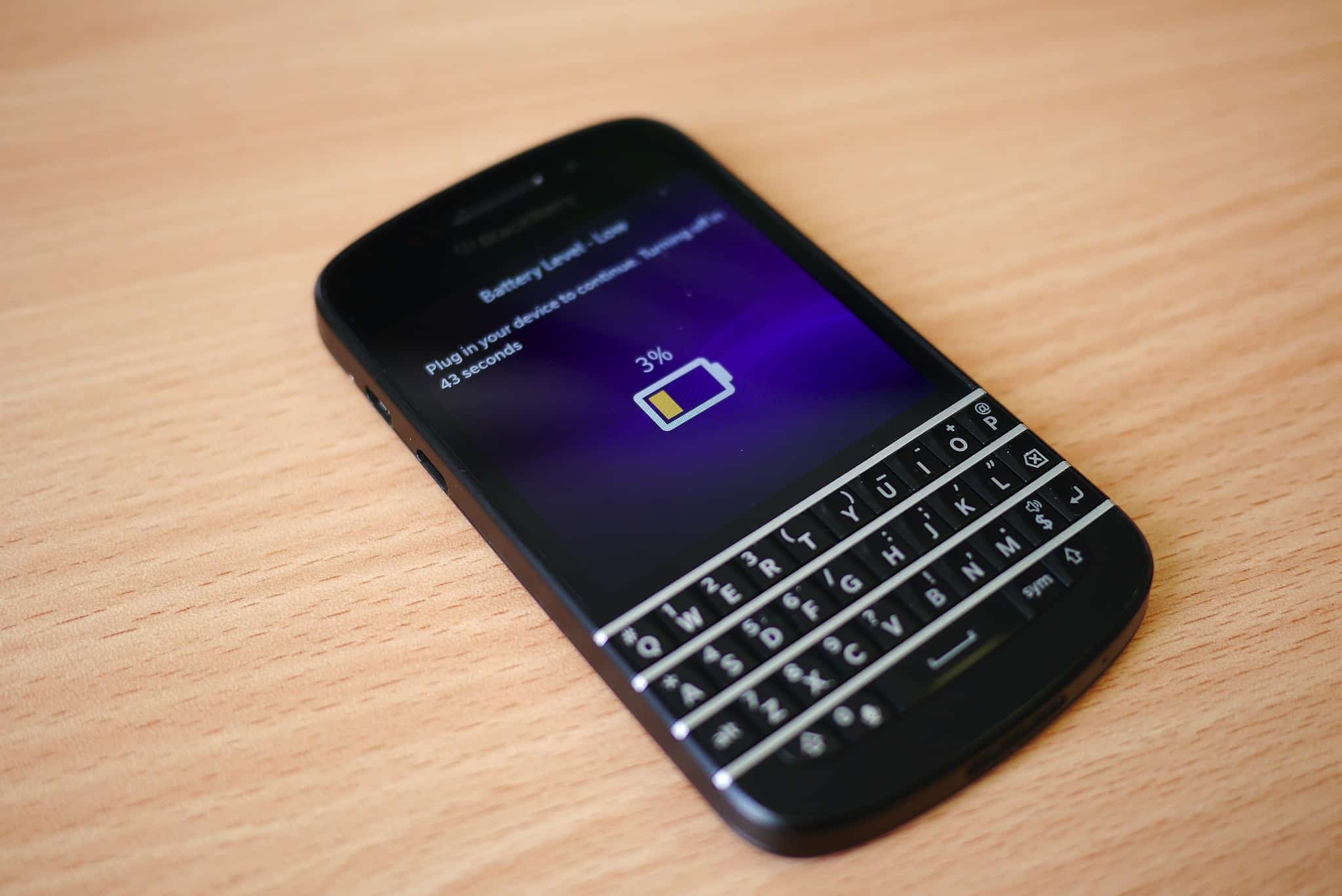
 June 3, 2011: iOS overtakes Research in Motion’s BlackBerry operating system for the first time, with Apple’s mobile operating system inching past BlackBerry OS.
June 3, 2011: iOS overtakes Research in Motion’s BlackBerry operating system for the first time, with Apple’s mobile operating system inching past BlackBerry OS.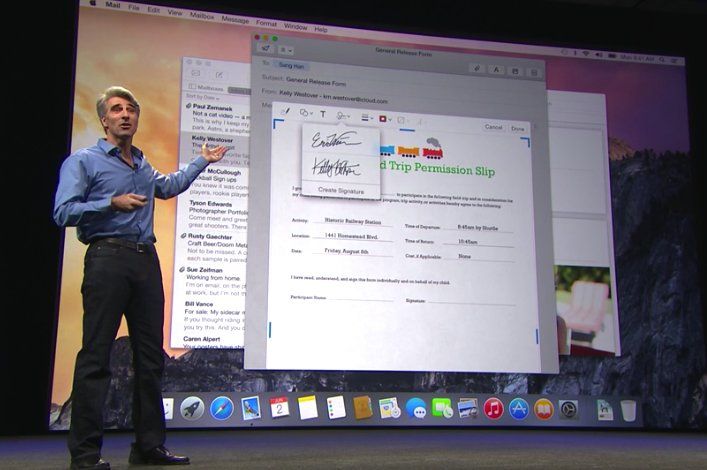
 June 2, 2014: Apple shows off Mac OS X 10.10 Yosemite for the first time at its Worldwide Developers Conference in San Francisco. Following the
June 2, 2014: Apple shows off Mac OS X 10.10 Yosemite for the first time at its Worldwide Developers Conference in San Francisco. Following the 
 May 31, 2013: The Chicago Sun-Times fires all 28 of its photographers, with the goal of training its staff to shoot photos using iPhones instead. Pulitzer Prize winner
May 31, 2013: The Chicago Sun-Times fires all 28 of its photographers, with the goal of training its staff to shoot photos using iPhones instead. Pulitzer Prize winner 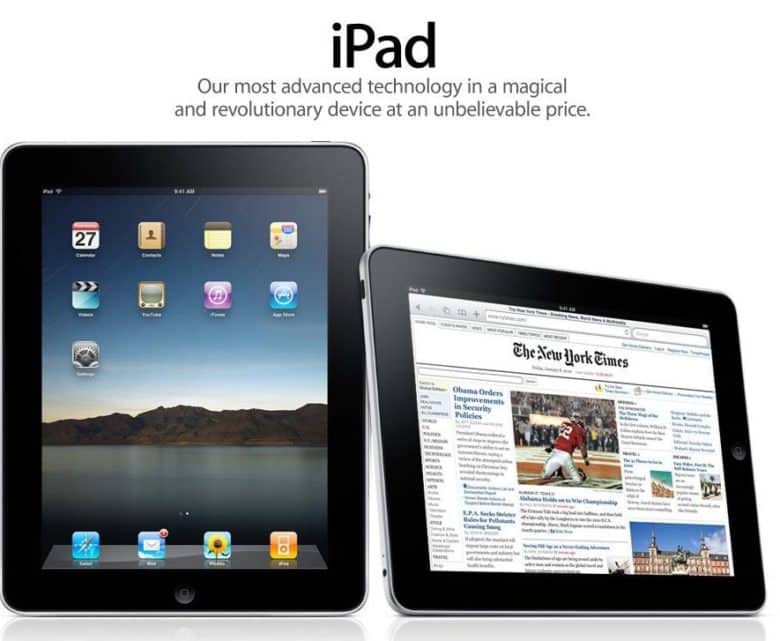
 May 28, 2010: Customers across Europe and Asia queue up to buy the
May 28, 2010: Customers across Europe and Asia queue up to buy the 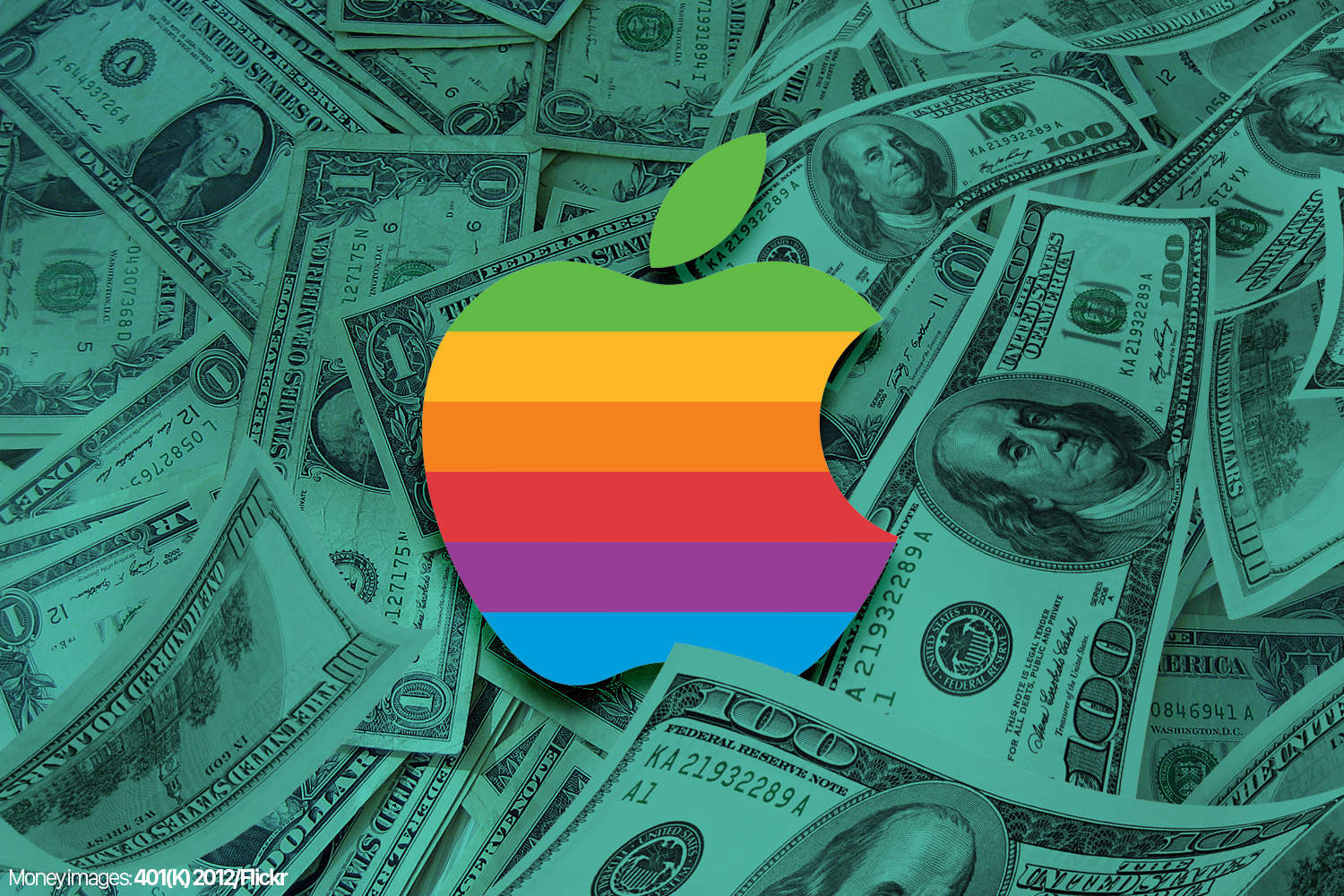
 May 26, 2010: In a massive milestone, Apple passes Microsoft to become the world’s most valuable technology company for the first time.
May 26, 2010: In a massive milestone, Apple passes Microsoft to become the world’s most valuable technology company for the first time.